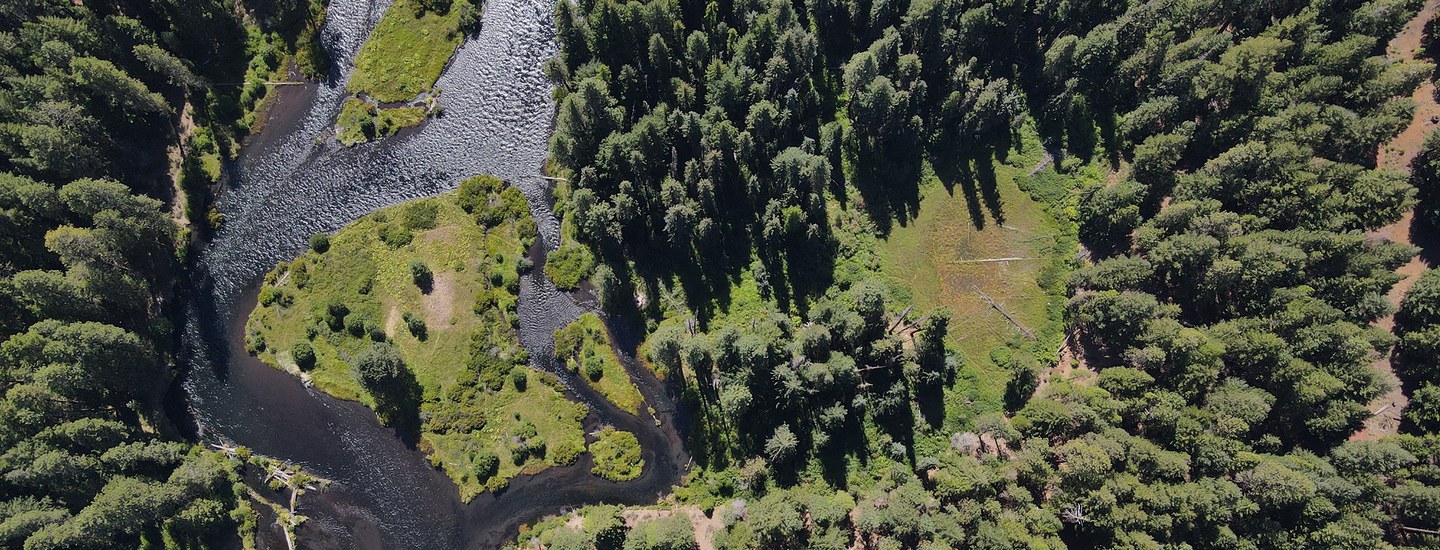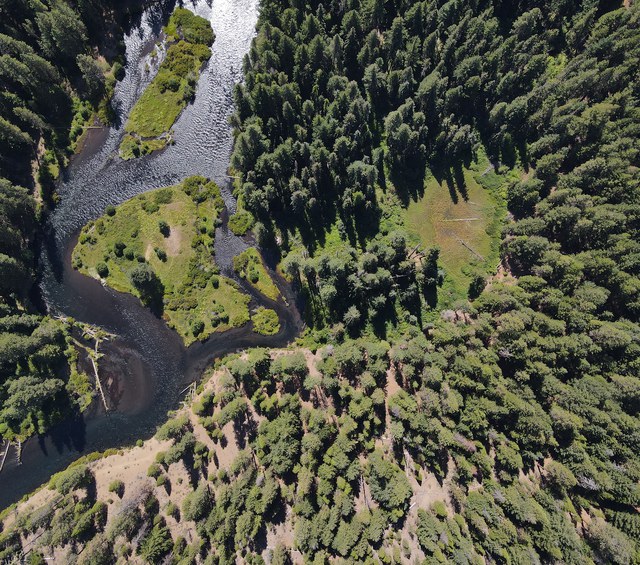Carbon sequestration is the process of capturing and storing carbon dioxide from the atmosphere. Storing and capturing carbon dioxide helps reduce the warming gases that cause climate change.
Carbon dioxide (CO2) gas forms when carbon, a basic building block of life on Earth, combines with oxygen. Natural sources of carbon dioxide include most animals, which exhale carbon dioxide. Carbon dioxide also comes from burning fossil fuels like coal, natural gas, and oil for energy production. It can also be released through land conversion, from our oceans, by decomposing organic matter, and through fires.
Too much carbon dioxide can trap heat in the atmosphere, and reducing this buildup is an important part of combating climate change. Learning how to capture and store—or sequester—carbon dioxide is one way to slow the effects of climate change.
Biologic Carbon Sequestration
Biologic carbon sequestration stores carbon dioxide in plants, soil, and water, reducing atmospheric CO2 levels.
Forests and grasslands:
- Forests store carbon in trees, and grasslands sequester it underground in roots and soil.
- Forests absorb about 25% of the carbon released into the air. This ability is threatened by wildfire and changes to the environment.
- Trees sequester more carbon as they grow, storing it in trunks, branches, and bark, but much of the carbon is released when trees die or decay.
- Grasslands store most of their carbon underground, making them more resistant to carbon loss from wildfires.
Soils:
- Agricultural practices like cover cropping, crop rotation, and conservation tillage can rebuild healthy soils and boost carbon storage.
- Healthy soils can store up to 5.5 billion tons of CO2 each year.
- Carbon-rich soil also improves water retention and crop yields, and reduces erosion.
The Land Trust’s Role
The Land Trust protects forests, wetlands, rivers, and meadows so these lands won’t be changed into places that release carbon into the air. The Land Trust also looks for more places to protect so the land can hold more carbon and mitigate changes to our climate.
Our ongoing restoration efforts return native plants to the land that capture and store carbon more effectively than non-native plants. This improves the long-term health of our conserved lands and increases carbon sequestration.
As noted above, forests are a powerful form of carbon sequestration. The Land Trust conserves and manages mature forests like those in the Metolius Preserve to maximize carbon storage. We do this in several ways, including planting trees and supporting healthy forest growth.
The Land Trust is also evaluating effective participation in carbon credit markets. Carbon credits could be used to help fund future conservation efforts.
Carbon sequestration is a powerful tool for slowing and reducing climate change. By conserving and protecting the lands and waters that sustain all of us in Central Oregon, the Deschutes Land Trust supports this essential process to sequester atmospheric carbon.
Learn More:
- Climate Change Strategy
- What can I do about climate change
- Climate Change in Central Oregon
- Natural Climate Solutions, Explained
Sources:
- What is carbon sequestration?, U.S. Geological Survey
- What is Carbon Sequestration and How Does it Work?, CLEAR Center
- Carbon Storage by Urban Forests, U.S. National Park Service
- CARBON SEQUESTRATION IN SOILS, Ecological Society of America
- The role of soil carbon in natural climate solutions, Nature Sustainability
Inventory of U.S. Greenhouse Gas Emissions and Sinks, U.S. Environmental Protection Agency


